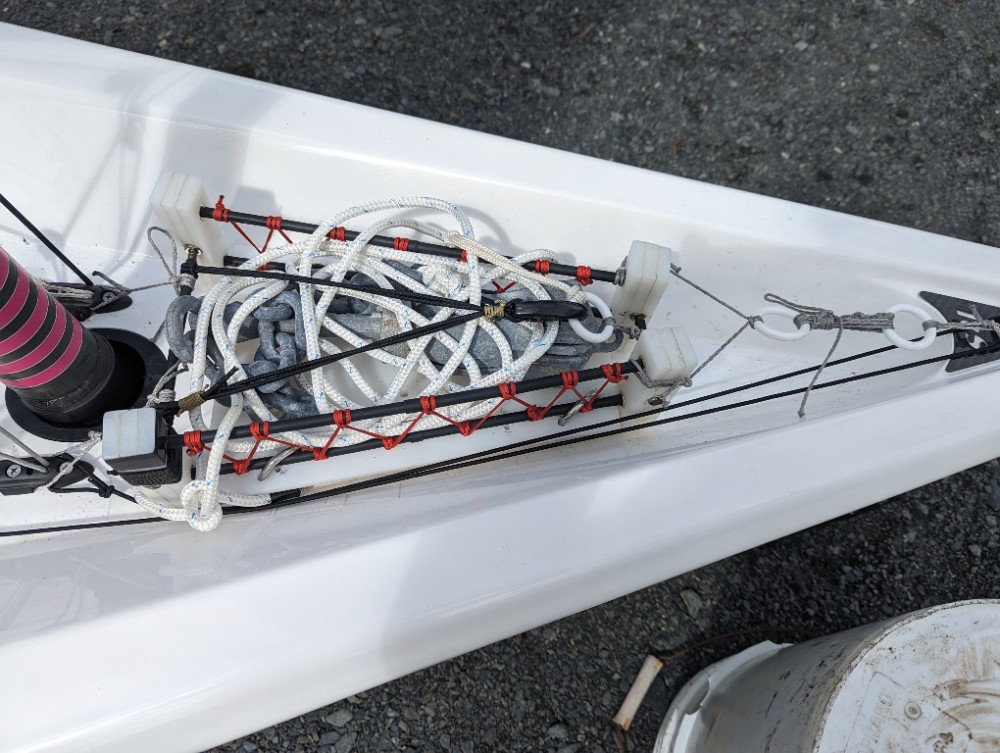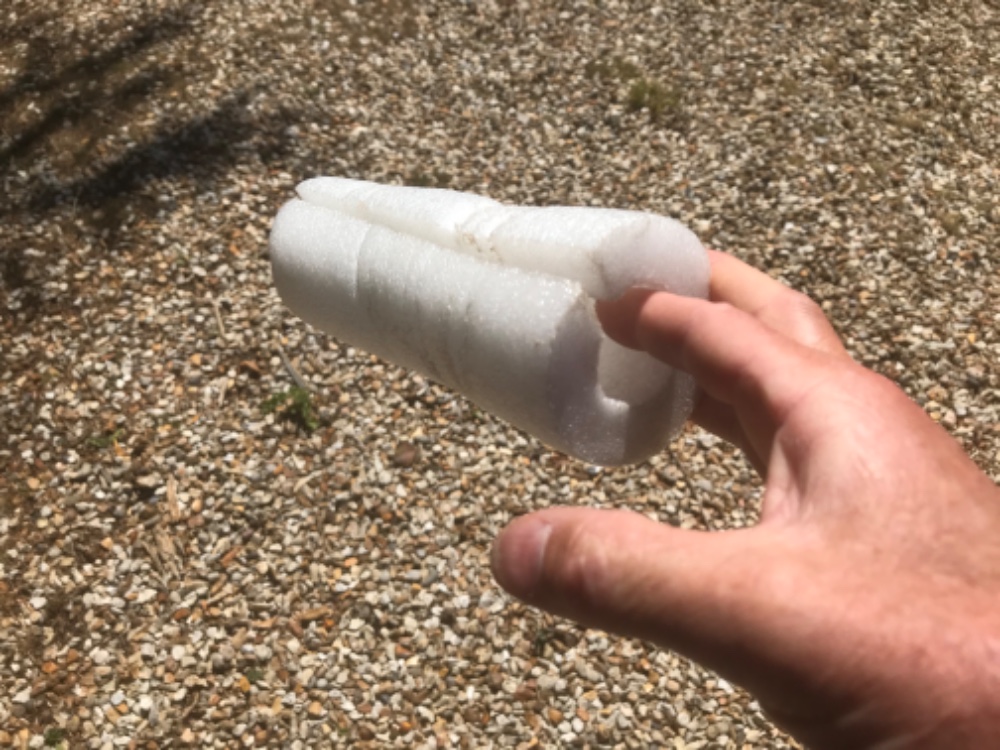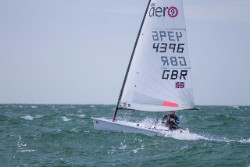
Welcome to the International Class Association website for the RS Aero. Here you will find all there is to know about the RS Aero including the latest news, how to register your boat, and links to relevant documents.
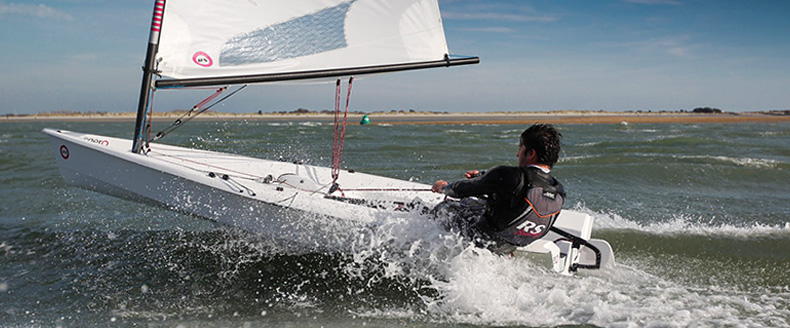
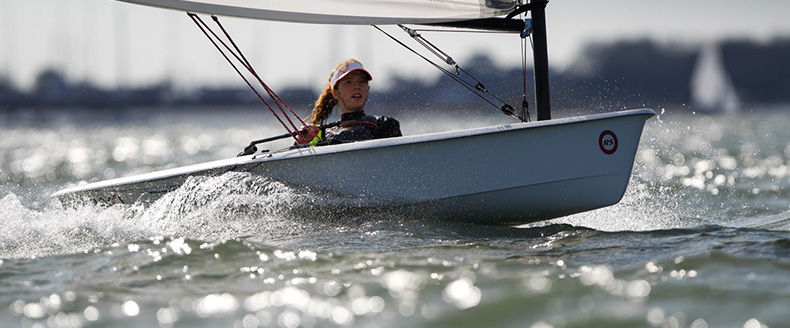
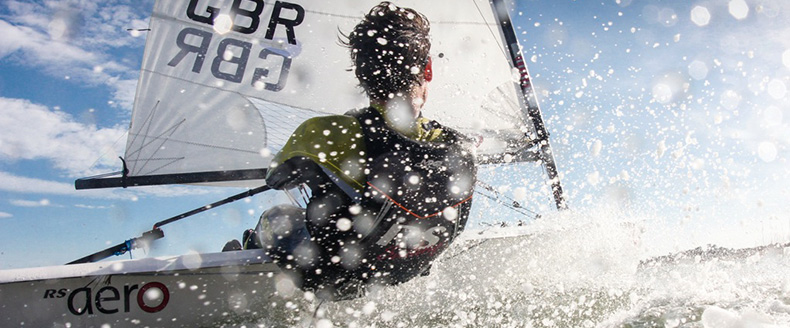
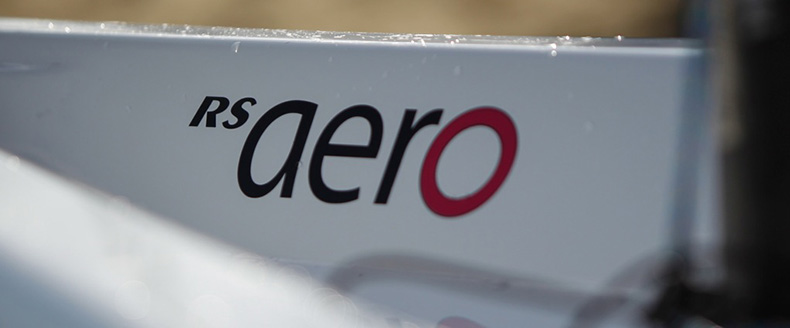
| Home >> Sailing Tips & Technique >> Launching - Carrying an RS Aero to water horizontally |
Reply
Reply
Hi Neonerl,
1st the Aero needs a lot less than 1 m of water to float.
I sail on a large inland lake, so no tides, and at times lauch conditions are similar.
All siungle handers I know of just leave their launch trolleys in the water where they slipped the boat.
Capsizing the Aero in shallow water is not a good idea any time. Because the boom end, which is open, tends to scoop up whatever is on the bed of the water, and as the boat is righted irt cascades down inside the boom to shoot out at the gooseneck end: down onto the deck, into the mast tube between mast collar and deck collar, and also onto the deck tidy blocks sheaves and ropes. Where it forms a lovely grinding paste!!
If you have a JC Strap fitted it will tend to pull the boom off centre and de-stabilise the boat at the slightest pointing off true head to wind. It is best to secure only one hook at launch and not secure the oher until either: as the last thing you do before boarding the boat, i.e. after lowering dagger board & rudder, or untill you are under way and into deeper water.
On returning to shore unclip one hook as soon as you can; again to help stabilise.
A 3 m painter secured to the bow eye helps keep the boat pointing into wind while you insert & lower dagger board, and lower the rudder.
As long as you're on the windward side of your boat around amidships, near the Cunningham & outhaul side deck cleats I find I can keep the boat stable with one hand while maneouvering the trolley with the other. Even easier on recovery with the sail lowered and flaked. It's still tricky in shifts though.
Capsizing the boat on it's trolley is not good either. Though not always avoidable. There are a number of protrusions in the trolley framing & arms that can scratch, gouge even, the hull. It is worth considering padding over these. I have used pipe insulation & Duck, Gorillar, Gaffer Tape to mgood effect.
The following shows what I did after having paid £xxx, that's hundreds, to have the hull bottom faired after multiple minor launch recovery mishaps. The boat is a 2014 vintage Aero, so in it's eigth year, and was faired 2016, so 6 years since. There are two scratches from a recent this year capsize on recovery, a 90 deg wind shift with sail still up, and that is all!!
Reply
I am new to the RS Aero business and coming from the 470.
Since I am no longer the youngest (52) I have to think a few thoughts about how I get this boat age- and boat compatible in and out of the water.
Interestingly, there are many videos on Youtube about the RS Aero, but none about slipping. I guess there is a reason for that.
In my club, it goes flat and punty into the water. After 30 meters I have about 1.5 meters of water depth. This means that the centerboard and rudder can only be lowered from about 20 meters.
In the meantime I do it like this: I rig the boat fully, push it with the slip trolley into the water until I have about 50 - 60 cm water depth. Then I capsize the boat and lay the carbon mast on the ground. To do this, I wrapped the top of the mast with tape to protect it from scratches. The upper Verklicker I can not use, or mount it only at the very end. Then I drive the slip trolley ashore, get in the water and right the boat, push it to about 1 meter water depth, rob myself on board, lower daggerboard and rudder blade step by step and sail.
When landing, I jump out at 1 meter water depth, try to hold the boat with a little daggerboard and rudder blade, bring the boom to the center of the boat and drop the mainsail. Then the boat is reasonably stable and can tie it to the jetty with a short rope, get the slip trolley and bring the boat ashore. Getting the boat onto the slip trolley with the sail hoisted is almost impossible, especially if the boom is not amidships.
Compared to the 470, this is the biggest challenge.
Reply
I have never done this but I have thought about it in case of an opportunity for a picnic, pub stop or adventure....
I think some thick pipe lagging/insulation (maybe 50mm diameter similar to image) could be good as the slit side could grip the gunwale and stay in place whilst carrying on its side with. A short length front and rear of the wide part of the RS Aero would work.
Alternatively you could carry a mat or sheet.
Dont forget to post your photos from your Alaska adventures!
Reply
Thanks,
Gregg
Reply
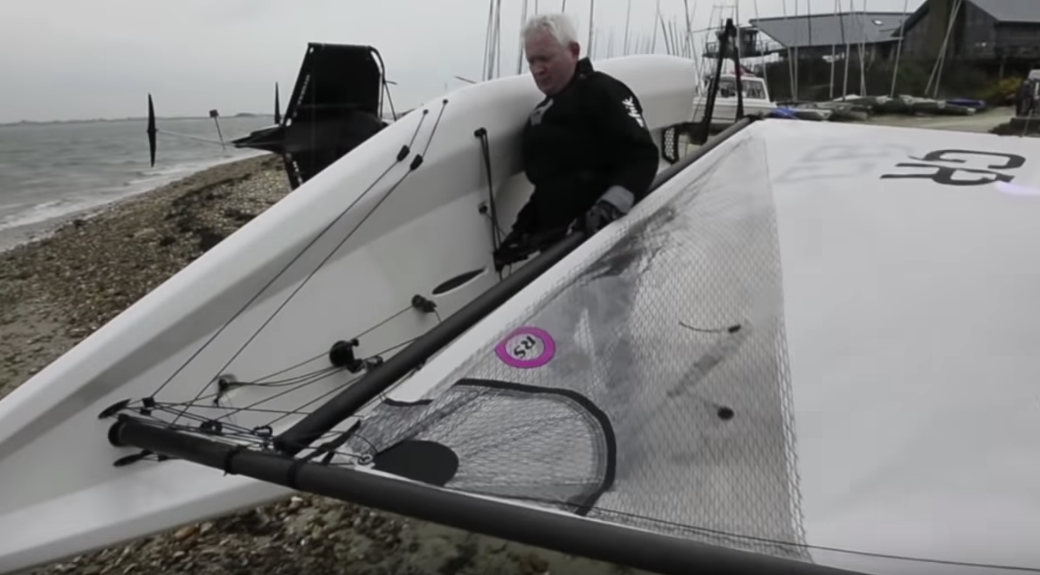 Hi James,
Hi James, This is an option if you are happy carrying about 48kg sailing weight.
In over 5 years I have found little need to try doing this, although I do see it as an interesting option for sailing to somewhere, like to a pub lunch or beach picnic!
Instead, if necessary I would tip the RS Aero over in thigh/waist deep water after launching whilst I deal with the launching trolley. That buys a lot more time than leaving the boat upright.
Alternatively you might find/make a shallow water mooring buoy you can tie the boat to for a moment. It does not matter if it tips over (JC straps will make the RS Aero more inclined to tip over when left as they pull the boom off centre so that can be the last thing to do before setting off).
Points to think about for single handed carrying;
- Need to find the balance point between the front of the toe strap and the boom
- keep the mainsheet tight in one hand to hold the boom central for the lift
- Keep the rig to leeward of the hull (especially if any wind!)
- Ideally try to avoid the sail going onto the ground where possible, they pick up dirt
- Consider a short length of slit pipe lagging over the gunwhale lip in case you want to rest it on the ground or to assist in first tipping it over. It should grip the gunwhale nicely and you could easily take that sailing with you.
- Unlike Matt's video you could have the dagger board half way in whilst carrying
As the RS Aero is so light and has the practicality of the gunwhales for lifting and holding, multi person lifts to launch are a really good alternative method to trolleys. This is especially useful at coastal clubs with shore breaks (Lee on Solent, Felpham, Eastbourne, Downs....) or reservoirs with steep sides and strong onshore winds (60 RS Aeros launched safely in 15 minutes by carrying in at the Bloody Mary this year).
Reply
In my youth I raced a Laser so there was always help around at the club to launch and recover each other. I didn’t sail alone often, but on the times I did I never found a good solution to this problem and I usually pushed the boat out and then frantically dragged the trolley some way up the beach before racing back to the water.
Obviously the RS Aero’s light weight of around 50kg all up is a massive advantage so carrying the boat around fully rigged seems to be a real option. Despite the Aero having been around for 6 years or so, I can’t find info about people carrying the boat in and out of the water in a similar way to an International Moth. There is a brief shot in this Youtube video though (RS Aero Spotlight: Hull). I did read somewhere that lifting with the daggerboard and boom was a good balance point, although in this clip the daggerboard seems to be elsewhere.
My thoughts on a technique that might work for launching:
Position head to wind where you want to leave the trolley
Rig normally
Manoeuvre Aero into a capsized position with the hull still on the horizontal trolley (I have an idea how to adapt and pad a trolley for this purpose)
Lift and carry the boat on its side, heading into the wind, into the water and float it upright
And recovery:
Jump out, hold the Aero head to wind and capsize it in shallow water, standing between boom and daggerboard
Carry it out of the water to the trolley or perhaps just leave it resting on its side on the beach whilst getting the trolley separately (I’m cringing a bit at this thought!)
Right the boat when back on the trolley
I would appreciate your views!
Reply






